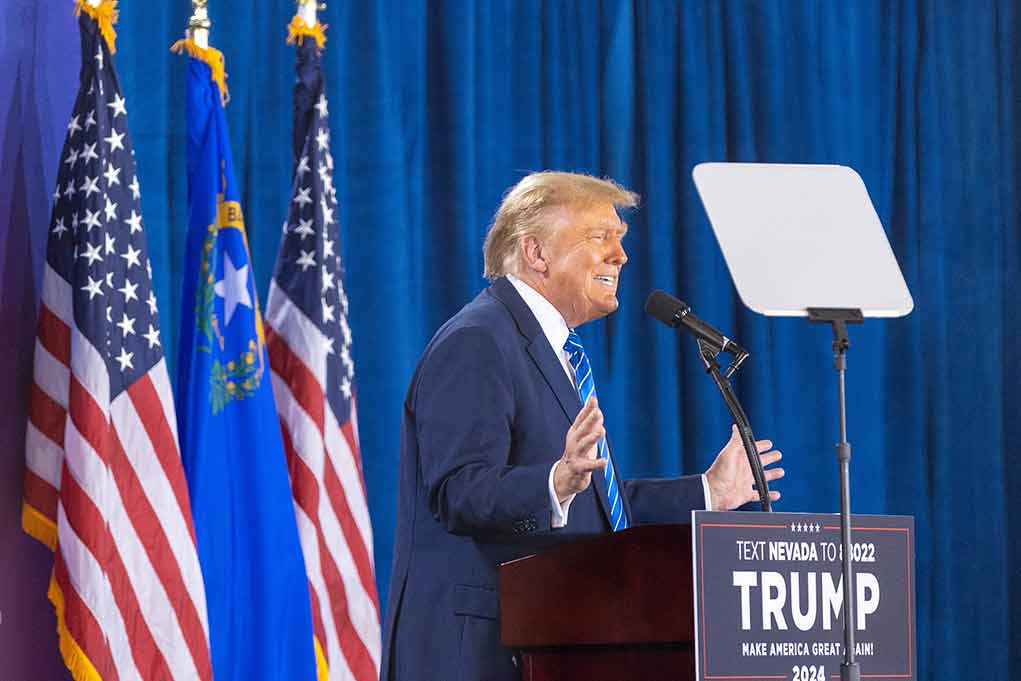
President Trump signs a groundbreaking executive order to phase out FEMA after the 2025 hurricane season, boldly shifting disaster response powers to state governments in the most significant overhaul of emergency management in decades.
Key Takeaways
- President Trump has ordered a comprehensive review of FEMA with plans to phase it out after the 2025 hurricane season, citing bureaucratic inefficiency and slow response times.
- The initiative will transfer disaster response responsibilities and funding directly to state governors, empowering local authorities to manage their own emergency responses.
- Homeland Security Secretary Kristi Noem and Defense Secretary Pete Hegseth will lead a FEMA Review Council to oversee the transition.
- Critics warn the plan could overburden states financially, with an Urban Institute analysis suggesting states could face up to $41 billion in additional costs between 2008-2024.
- The reform would require Congressional action to amend the 1988 Stafford Act before FEMA could be fully dismantled.
Trump’s Vision for Decentralized Disaster Response
In a decisive move to reform America’s emergency management system, President Donald Trump has announced plans to phase out the Federal Emergency Management Agency (FEMA) after the 2025 hurricane season. The initiative aims to transfer disaster response responsibilities directly to state governments, reducing federal bureaucracy and empowering local authorities. Trump signed an executive order establishing a comprehensive review of FEMA, appointing Homeland Security Secretary Kristi Noem and Defense Secretary Pete Hegseth to lead a FEMA Review Council that will oversee this significant transition in America’s disaster response framework.
“We want to wean off of FEMA, and we want to bring it down to the state level,” said President Donald Trump, explaining his vision for a more efficient disaster response system. Trump has repeatedly criticized FEMA for being costly, bureaucratic, and slow in its operations, pointing to past response failures as evidence of the need for reform. The president’s plan represents a fundamental shift in how the federal government approaches disaster management, placing greater responsibility on governors to lead recovery efforts in their respective states.
Accountability and State Empowerment
A cornerstone of Trump’s emergency management reform is the principle of state accountability. The president has expressed a firm belief that governors should take the lead in managing disaster responses within their jurisdictions, rather than relying on federal intervention. “A governor should be able to handle it, and frankly, if they can’t handle it, the aftermath, then maybe they shouldn’t be governor,” Trump stated bluntly. This approach aligns with conservative principles of limited federal government and state sovereignty, placing emergency management authority closer to the communities affected by disasters.
“FEMA has been a very big disappointment. They cost a tremendous amount of money. It’s very bureaucratic and it’s very slow,” said Trump, highlighting the inefficiencies he sees in the current system.
The president has suggested that future federal disaster aid would be limited and managed directly by the president’s office, eliminating layers of bureaucracy that often delay assistance to those in need. Secretary Noem has expressed support for this approach, stating that FEMA needs to be dismantled in its current form to create a more responsive and efficient system. The transition would include providing states with direct funding and resources to build their own emergency response capabilities, rather than maintaining dependence on federal intervention.
Challenges and Critical Perspectives
While the administration’s plan represents a bold vision for emergency management reform, it faces significant logistical and legislative hurdles. Dismantling FEMA would require Congressional action, including amendments to the 1988 Stafford Act that established the current federal disaster response framework. Emergency management experts have expressed concerns about states’ capacity to handle major disasters without federal coordination, particularly in areas prone to catastrophic events like hurricanes and wildfires.
“I was left with the impression that he doesn’t really understand the scale of what FEMA manages on a yearly basis with a budget of over $30 billion,” said Michael Coen, former FEMA chief of staff.
An Urban Institute analysis indicates that shifting disaster costs to states could amount to $41 billion between 2008-2024, a financial burden that could strain state budgets, especially in disaster-prone regions along the Gulf Coast. FEMA currently coordinates federal resources, provides direct assistance, and funds state infrastructure repairs—responsibilities that would need to be assumed by state governments under the new plan. With NOAA forecasting 6-10 hurricanes for the upcoming season, including 3-5 major storms, the transition’s timing has raised questions among emergency management professionals about potential gaps in disaster response capabilities.











